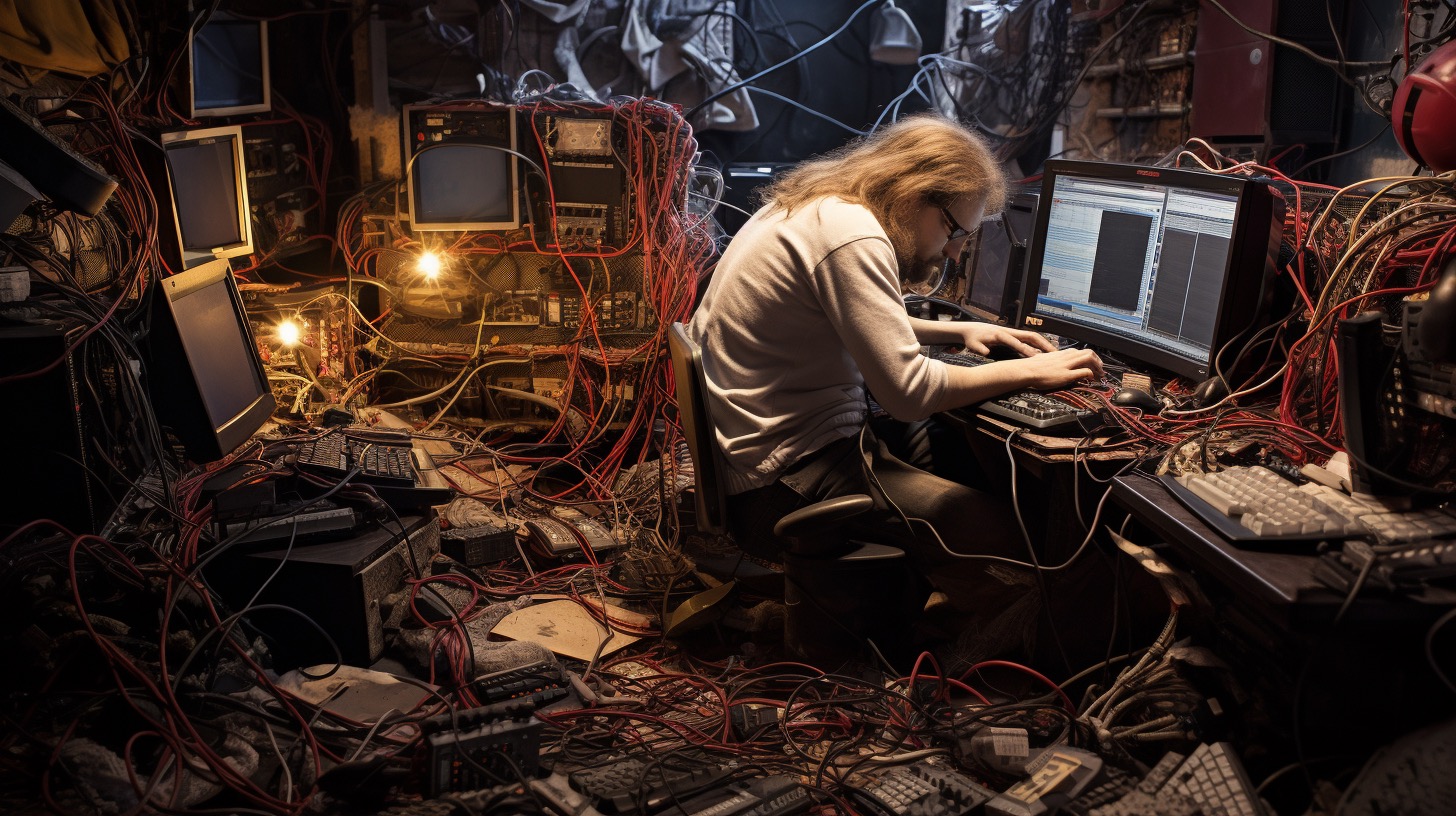The Crossover Chaos: How Video Games Collide in Multiverse Titles
In the ever-evolving world of video games, developers are constantly seeking new ways to captivate players and keep them engaged. One trend that has gained significant popularity in recent years is the incorporation of multiple universes into a single game, creating what is known as a multiverse title. These games bring together characters, settings, and storylines from different franchises, resulting in a crossover chaos that fans can’t get enough of.
The concept of a multiverse is not new to the world of entertainment. Comics, movies, and TV shows have long explored the idea of parallel universes, where familiar characters can interact with one another in unexpected ways. Video games have now taken this concept to a whole new level, allowing players to control their favorite characters from different franchises and witness epic clashes between iconic heroes and villains.
One of the most successful examples of a multiverse title is “Super Smash Bros. Ultimate.” This game brings together characters from various Nintendo franchises, such as Mario, Link, and Pikachu, as well as guest characters from other popular games like Sonic the Hedgehog and Solid Snake. The result is a chaotic and exhilarating fighting game that appeals to both casual and competitive players. The crossover aspect of “Super Smash Bros. Ultimate” has been a major selling point, as fans love the idea of pitting their favorite characters against each other in intense battles.
Another notable multiverse title is “LEGO Dimensions.” This game combines characters and settings from a wide range of franchises, including DC Comics, “The Lord of the Rings,” “Back to the Future,” and many more. Players can build and customize their own LEGO vehicles and gadgets, and explore a vast open-world environment that seamlessly blends these different universes together. The sheer variety of characters and worlds in “LEGO Dimensions” is a major draw for fans, who enjoy the endless possibilities for creative gameplay and storytelling.
The success of multiverse titles can be attributed to several factors. Firstly, they tap into the nostalgia factor, allowing players to revisit beloved characters and settings from their childhood. Seeing these characters interact and collaborate in unexpected ways can be a thrilling experience for fans. Additionally, the crossover aspect adds a layer of unpredictability and excitement to the gameplay. Players never know who they might encounter or what challenges they will face in a multiverse title, keeping them engaged and eager to explore further.
Furthermore, multiverse titles provide a unique opportunity for developers to experiment with storytelling. By bringing together characters from different franchises, they can create new narratives and explore uncharted territories. This not only expands the lore of each individual franchise but also opens up possibilities for future collaborations and spin-offs. The potential for cross-promotion and brand synergy is immense, as fans of one franchise may be enticed to explore others featured in the multiverse title.
In conclusion, multiverse titles have become a popular trend in the world of video games, offering players the chance to experience crossover chaos like never before. These games bring together characters, settings, and storylines from different franchises, creating a captivating and unpredictable gameplay experience. The success of multiverse titles can be attributed to their ability to tap into nostalgia, provide exciting gameplay, and offer new storytelling opportunities. As the gaming industry continues to evolve, it is likely that we will see even more multiverse titles in the future, delighting fans and pushing the boundaries of what is possible in gaming.
The Crossover Chaos: How Video Games Collide in Multiverse Titles – Game Is Hard Read More

